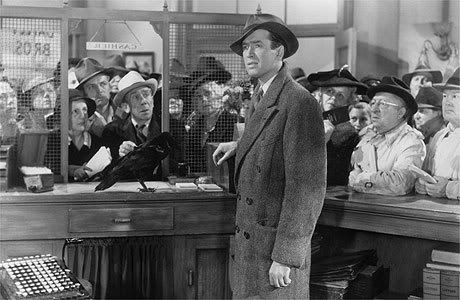What is fractional-reserve banking? – It’s the system America adopted in 1913 through the passage of the Federal Reserve Act.No, but you...you... you're thinking of this place all wrong. As if I had the money back in a safe. The, the money's not here.
Well, your money's in Joe's house... that's right next to yours. And in the Kennedy House, and Mrs. Macklin's house, and, and a hundred others. Why, you're lending them the money to build, and then, they're going to pay it back to you as best they can. Now what are you going to do? Foreclose on them?
It's a lot older than that. Any bank which lends money is participating in fractional reserve banking.
The second step is to increase bank reserve requirements to 100%, as banks should never again be allowed to loan out more money than actually on deposit.
Actually under 100% reserve requirements banks could never lend any money. If I deposit $1000, then $1000 would have to be sitting in the branch's vault or maybe the main vault for the chain of banks. If they even lend out a dollar of it, then they will only have $999 cash to back up my $1000 deposit - thus have a fractional reserve.
